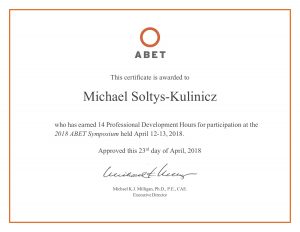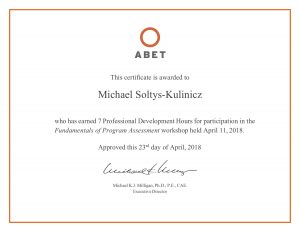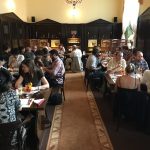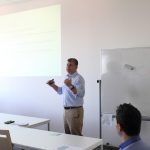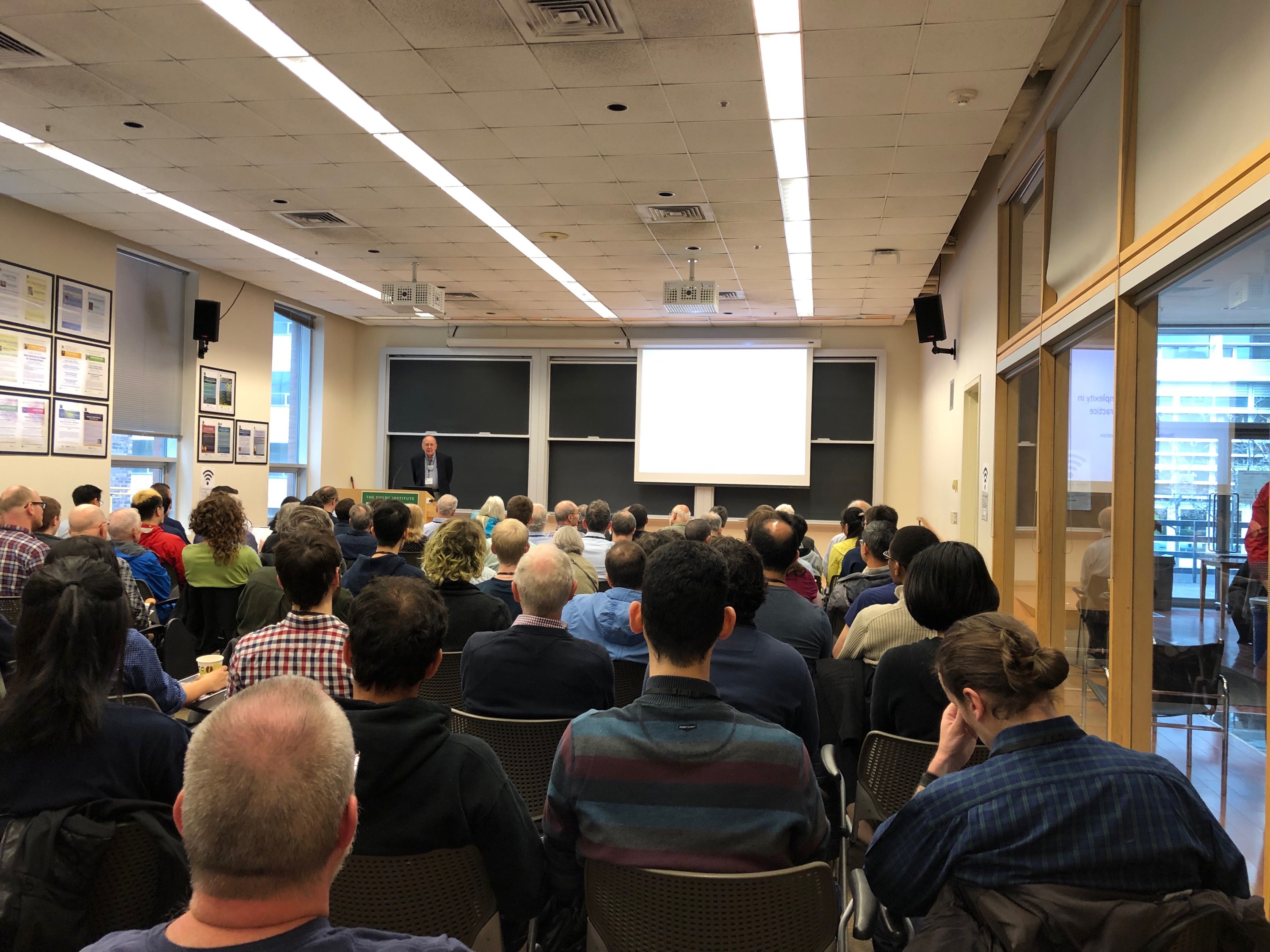
Category: Conference
First Lecture: Christos Papadimitriou
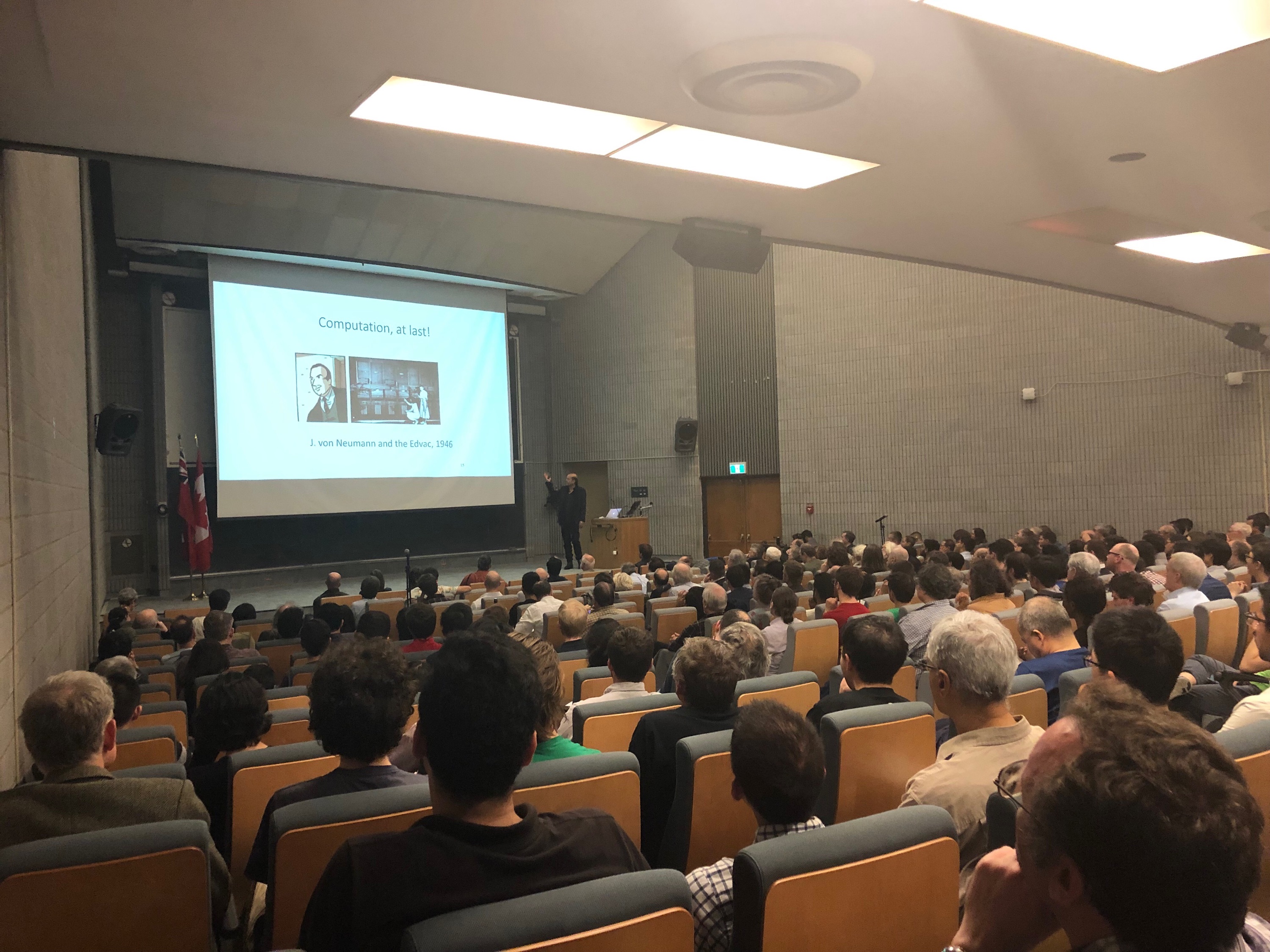
50 Years of Complexity Theory
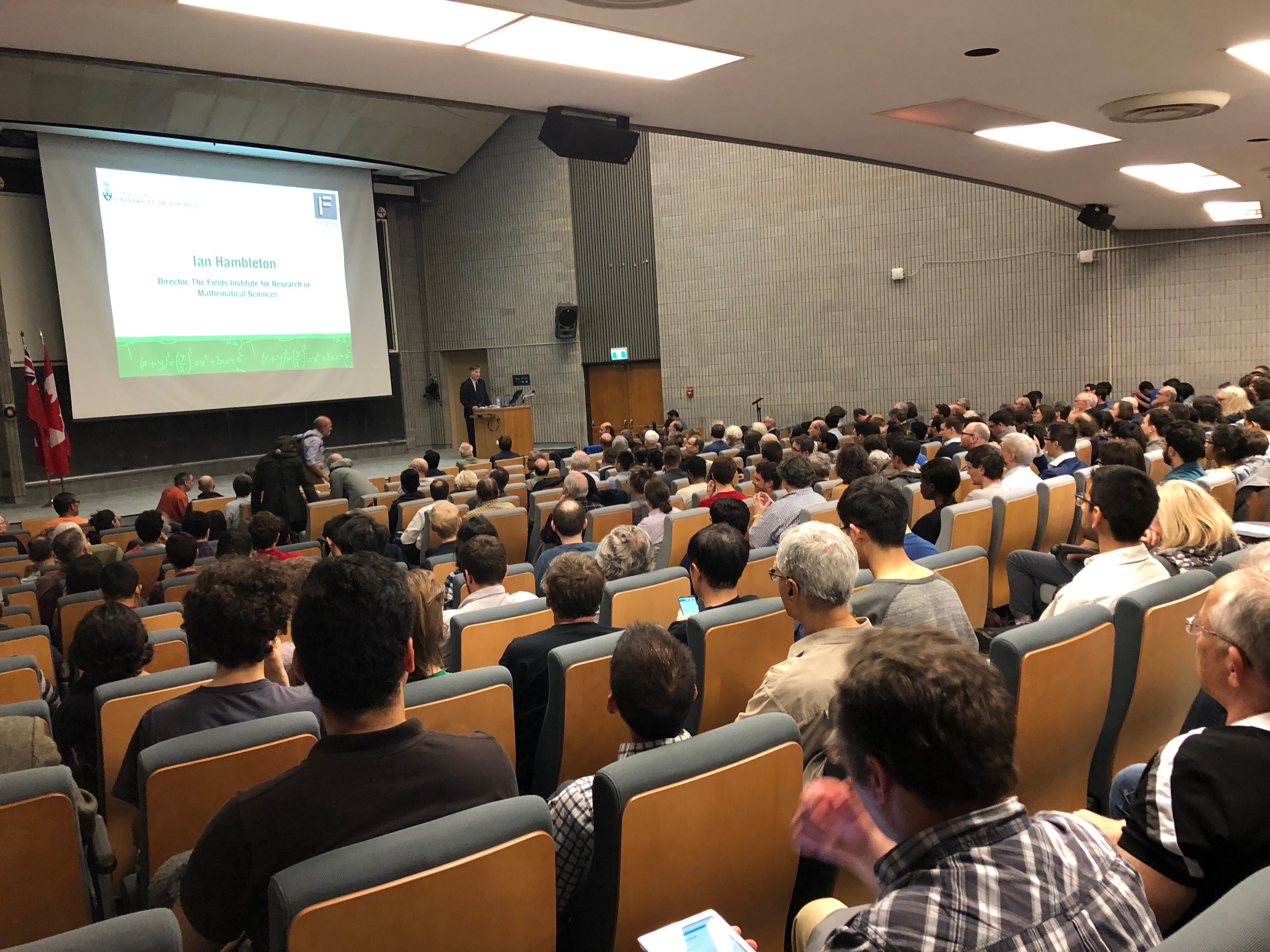
I’m happy to be participating at the 50 Years of Complexity Theory: A Celebration of the Work of Stephen Cook, whom I was fortunate to have as my PhD advisor at the University of Toronto. Tonight’s opening lecture by Christos Papadimitriou.
Eric Gentry presenting SEAKER at FICC 2019

KES 2019 special session on Cybercrime Investigation and Digital Forensics
Invitation to the HAAS/CSUCI Cybersecurity conference
This event is now at capacity; if you didn’t get a spot, we hope that you can join us on October 7th, for the 2nd biannual HAAS/CI Cybersecurity conference.
I would like to invite you to the first meeting of the HAAS and CSUCI Cybersecurity Conference on February 11, 2019. This is going to be a biannual conference, to be held this year at HAAS on Feb 11, and at CSUCI on Oct 7.
- Please RSVP here: https://bit.ly/2Aw4uYf
- Flyer and program
- There is no registration fee.
This conference aims to serve Ventura, Santa Barbara and LA Counties. There is a lot of interest and need in the area of cybersecurity. We have local groups that work in
- business & industry security
- Navy security
- digital forensics
- compliance, policy and law
- research & education
but it will serve all of us well to have a venue where we can all meet, learn about the latest software tools, best practices and certifications, and speak to fellow IT experts who are being proactive in defending businesses and infrastructure.
Please come and attend our first meeting at HAAS in Oxnard, and circulate this flyer among your colleagues and friends. As I said, a flyer with more information, in particular a registration email, will be circulated in January.
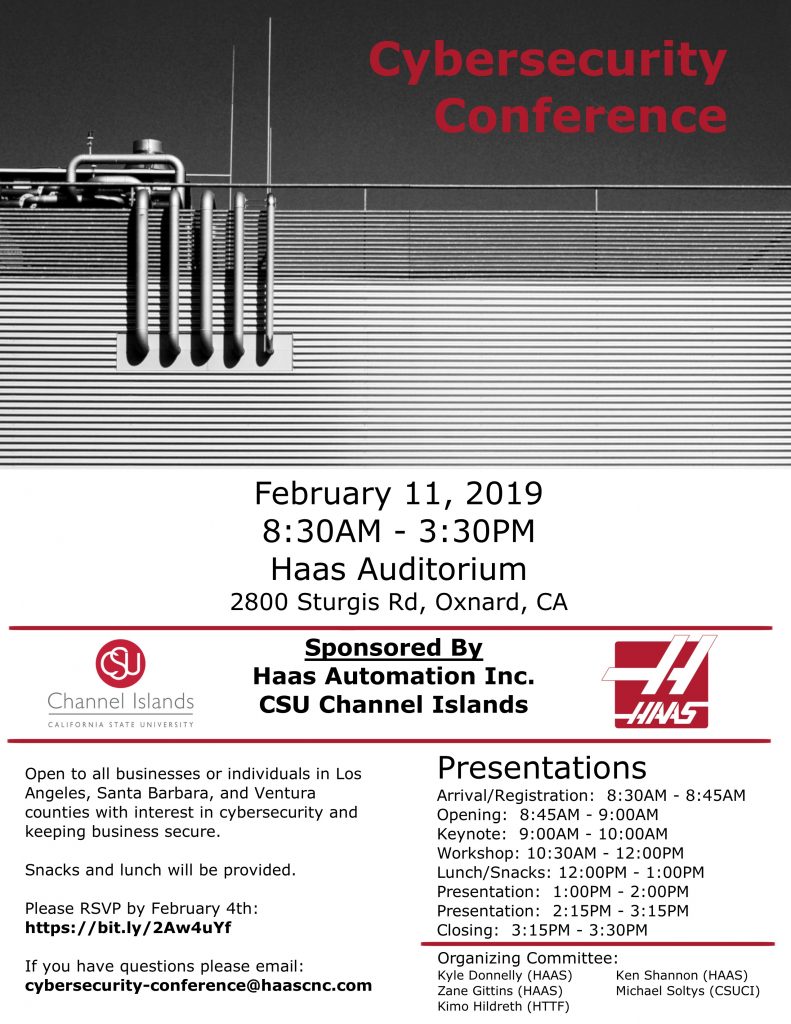
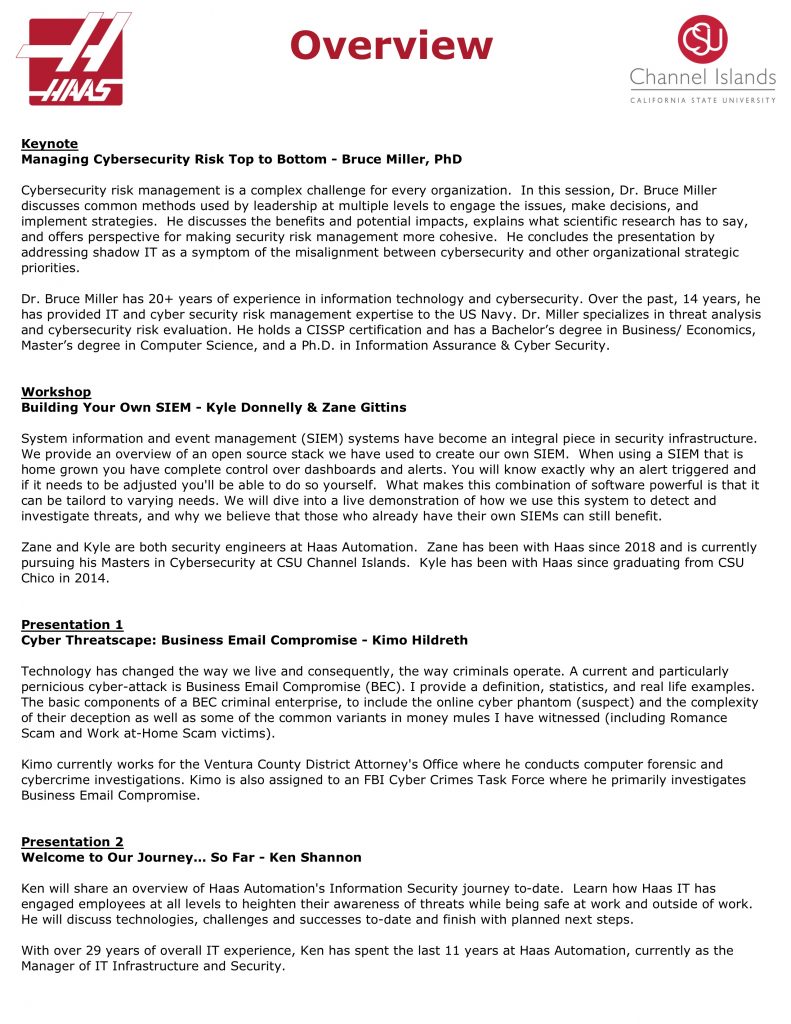
ABET workshop in San Diego
At the @ABETaccredit workshop in #SanDiego – bringing the #ABET18 savoir faire back to @csuci for CS,IT,MSCS and Mechatronics pic.twitter.com/xkvArQO56Y
— Michael Soltys (@MichaelMSoltys) April 12, 2018
Sam Buss’ 60 birthday celebration at @UCSD
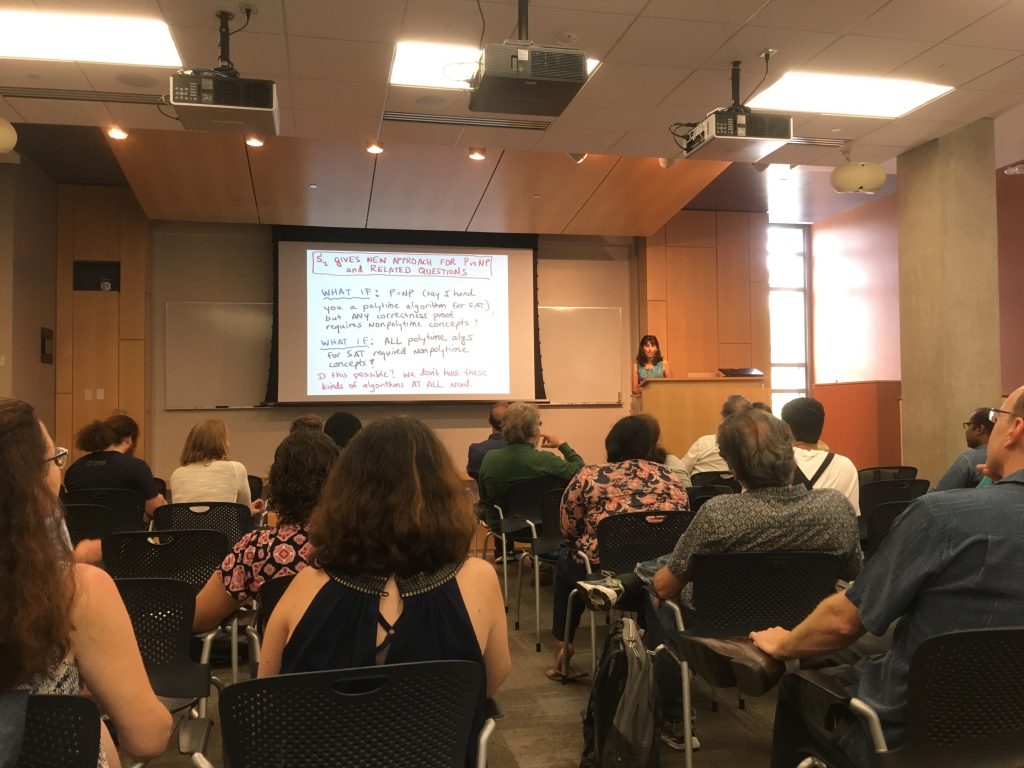 Sam Buss’ 60th Birthday celebration at UC San Diego, Tonian Pitassi giving the opening talk on Sam’s achievements.
Sam Buss’ 60th Birthday celebration at UC San Diego, Tonian Pitassi giving the opening talk on Sam’s achievements.
Indeterminates in London
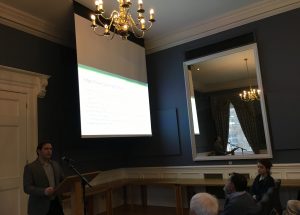 Today my masters student Joel Helling presented our joint work, Constructing an Indeterminate String from its Associated Graph, co-authored with P.J. Ryan, W.F. Smyth, at the LSD & LAW 2017 conference. This work started with the visit of W.F. Smyth at CSU Channel Islands in March 2016 – see here, when Joel, Bill and I started working on an initial algorithm designed by Joel; this algorithm computed a labeling for a graph such that any two nodes that shared an edge would also share a label, and would not share a label otherwise. Of course, the easy way to do this is to assign each edge a unique label; but there are better ways of doing it, in the sense that fewer labels may be required (for example, imagine a clique: then a single label would do it). This problem is directly related to indeterminate strings; strings that arise in bio-informatics, where certain positions may consist of several possible symbols. For example,
Today my masters student Joel Helling presented our joint work, Constructing an Indeterminate String from its Associated Graph, co-authored with P.J. Ryan, W.F. Smyth, at the LSD & LAW 2017 conference. This work started with the visit of W.F. Smyth at CSU Channel Islands in March 2016 – see here, when Joel, Bill and I started working on an initial algorithm designed by Joel; this algorithm computed a labeling for a graph such that any two nodes that shared an edge would also share a label, and would not share a label otherwise. Of course, the easy way to do this is to assign each edge a unique label; but there are better ways of doing it, in the sense that fewer labels may be required (for example, imagine a clique: then a single label would do it). This problem is directly related to indeterminate strings; strings that arise in bio-informatics, where certain positions may consist of several possible symbols. For example, {a,b}ab{a,b,c}{b,c}a, where the first position is not determined (it could be a or b), the second position is a, the third b, the fourth is again not determined (it could be a or b or c), etc. Such strings are well suited to represent genetic
or b or c), etc. Such strings are well suited to represent genetic
information which often contains “noise”. The paper is now accepted for publication in Elsevier’s journal of Theoretical Computer Science, as well as presented by Joel at the conference.
I would like to express my gratitude to the British Royal Society for awarding us an exchange grant, CSU Channel Islands / King’s College London, which financed the trip of Joel Helling.
Talk at PSC2016 on paper with Neerja Mhaskar
 I just gave a talk at PSC2016 conference in Prague based on a paper with Neerja Mhaskar, Forced repetitions over alphabet lists. This paper explores further the problem posed by Grytczuk in 2010 regarding the construction of non-repetitive strings over alphabet lists where each alphabet has 3 symbols. We use some string combinatorics, as well as an approach based on the Crossing sequences technique from complexity theory. The conference took place at České vysoké učeni technické v Praze – Fakulta stavebni, which is quite a mouthful to say, even for a fellow slav :), and is the Czech Technical University in Prague.
I just gave a talk at PSC2016 conference in Prague based on a paper with Neerja Mhaskar, Forced repetitions over alphabet lists. This paper explores further the problem posed by Grytczuk in 2010 regarding the construction of non-repetitive strings over alphabet lists where each alphabet has 3 symbols. We use some string combinatorics, as well as an approach based on the Crossing sequences technique from complexity theory. The conference took place at České vysoké učeni technické v Praze – Fakulta stavebni, which is quite a mouthful to say, even for a fellow slav :), and is the Czech Technical University in Prague.
Slides are attached:
[slideshare id=65540986&doc=soltys-psc2016-slides-160831083913]
Some other pictures:

